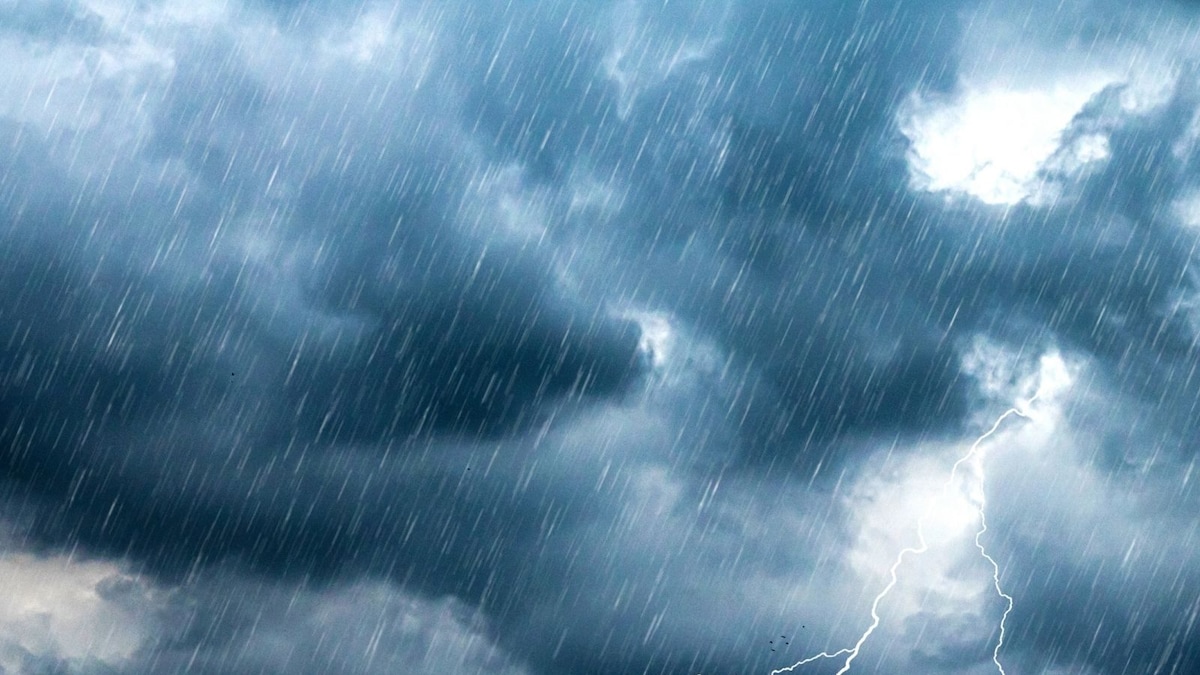Disir
Platinum Member
- Sep 30, 2011
- 28,003
- 9,606
- 910
Scientists in the United Arab Emirates (UAE) are attempting to enhance rainfall in the dry country by zapping clouds with electricity using new drone technology.
According to The Independent, the rainmaking technique, known as "cloud seeding," was put to action as summer temperatures in Dubai soared over 48 degrees Celsius (120 degrees Fahrenheit).
Drone technology is used in Dubai's cloud seeding process, according to the report. The drones send an electrical charge into the clouds, which causes them to cluster and rain.

 www.sciencetimes.com
www.sciencetimes.com
The problem is that it is also bad for the environment according to this:

 www.news18.com
www.news18.com
According to The Independent, the rainmaking technique, known as "cloud seeding," was put to action as summer temperatures in Dubai soared over 48 degrees Celsius (120 degrees Fahrenheit).
Drone technology is used in Dubai's cloud seeding process, according to the report. The drones send an electrical charge into the clouds, which causes them to cluster and rain.

Dubai Uses Cloud Seeding Technology to Produce Rain and Combat Sweltering 122ºF Heat
The artificial rain in Dubai, UAE is created using drone technology that unleashes electrical charges into clouds in order for them to clump together and form precipitation.
The problem is that it is also bad for the environment according to this:

How Dubai Created Artificial Rain With Cloud Seeding - News18
Cloud seeding is a method through which clouds are injected with chemicals or zapped by electricity to create fake rain.
